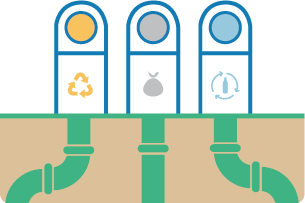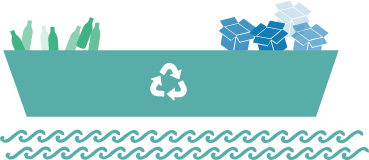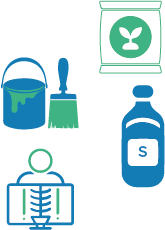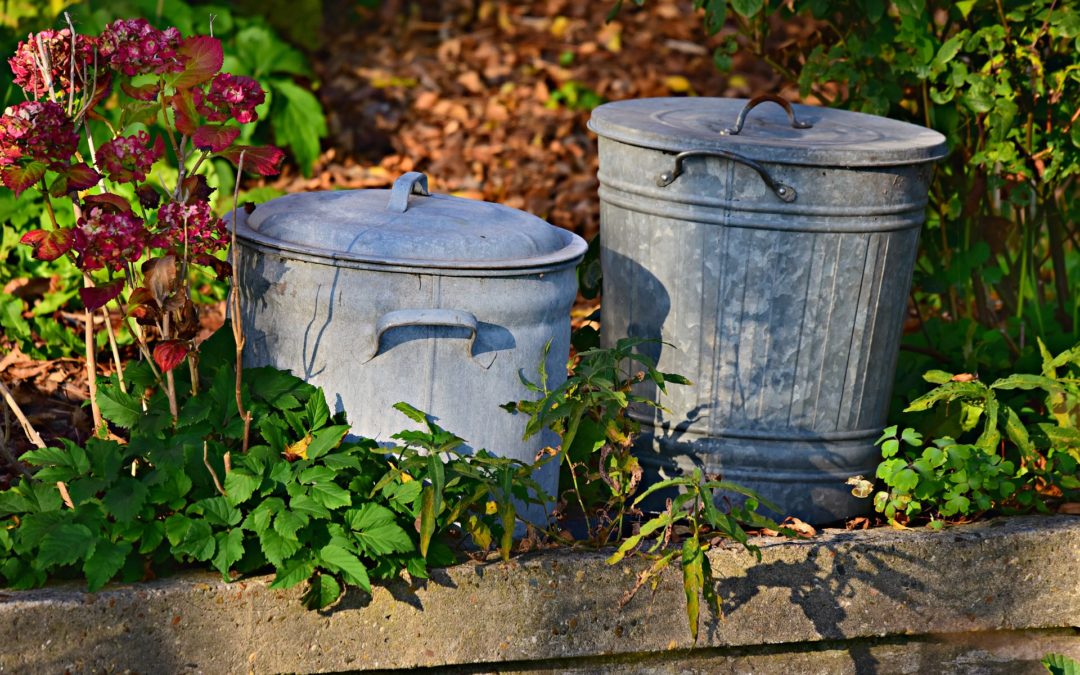According to article L.541-1-1 of the Environment Code, collection is defined as “any operation of collecting waste for transport to a waste treatment facility”. We can see that there is a multitude of waste with each its mode of collection. As the world is currently moving towards a circular economy, waste collection methods are multiplying. Let’s discover together these different types of collection adapted to each situation!
Door-to-door collection
The type of collection that we all know is the door to door. During a predefined collection circuit, the collection service collects the sorted waste and deposits it in specific containers. These containers are assigned to one or more waste producers and placed near their homes.
Pneumactic underground collection
Pneumatic underground collection is the system of collecting waste through underground pipes from bins placed on the road or in buildings (designed for household and sorted waste)

Collection in voluntary drop-off points or in grouping points
During the collection in PAV (point of voluntary contribution), the waste is deposited in specific containers installed in various fixed points on the collection area. These containers are accessible to the entire population.
There are two types of RRPs
- aerial containers, placed on the ground
- buried and semi-buried columns (they allow a good landscape integration and a better thermal regulation of the waste)
Grouping is a method of organizing collection in which the container is assigned to a group of identifiable users. These containers are generally large volume bins.

River waste collection
The river waste collection center is a system that minimizes the ecological impact of the road transport necessary to treat the waste. This type of collection has several advantages: it facilitates the access to inhabitants to a waste disposal center closer to their home, contributes to the reduction of car trips to the sorting centers and decongests the traffic of waste collection vehicles in city centers. We could see these new types of waste collection centers in Paris during the experimentation of “Tri en Seine” or in Lyon with the “River’tri”.
Multi-stream collection
Carried out door to door, the multi-stream collection allows to differentiate three waste streams by means of 3 colors of bags and to collect them in one time in hermetic bins provided by the community.
Bio-waste collection
This collection system consists in asking the inhabitants of a community to sort their food waste in a dedicated garbage can or in a biobucket. The community organizes a food waste collection round, with dump trucks that collect only this bio-waste. This collection can take several forms: individual bins or collective bins.
Collection of bulky items
If a user cannot go to the waste disposal center, it is possible to request a door-to-door bulky waste collection appointment. Waste from household activities that cannot be taken into account by the usual household waste collection because of its volume or weight requires a special management method. The collection of bulky waste is therefore very useful when you want to get rid of bulky objects such as mattresses, large appliances, furniture…
Collection of WEEE (Waste Electrical and Electronic Equipment)
Electrical and electronic equipment often contains substances or components that are dangerous for the environment, but they also have a high potential for recycling the materials that make them up (rare metals, glass, plastic, etc.). They therefore need to be collected and treated in a specific way.
For private individuals, there are several solutions to get rid of this waste: if it concerns a purchase, your distributor has the obligation to take back your old appliance within the framework of the one for one (one appliance taken back for one appliance purchased), if your appliance can still be used, you can contact an association in your area which may be interested, in another case then take it to your waste collection center or to the bulky ones.

Collection points for hazardous waste
Hazardous waste: solvents, batteries, paints, cleaning products, soda, fertilizers, X-rays, require a specific recycling treatment. Polluting or even toxic waste can represent an important risk for health or the environment. Some are highly flammable, explosive, harmful, irritating, corrosive… It is because of their toxicity that these wastes require an adapted treatment, in accordance with the regulations in force. These products are easily recognizable thanks to pictograms and are to be brought back to the waste disposal center or in points provided for this purpose.






